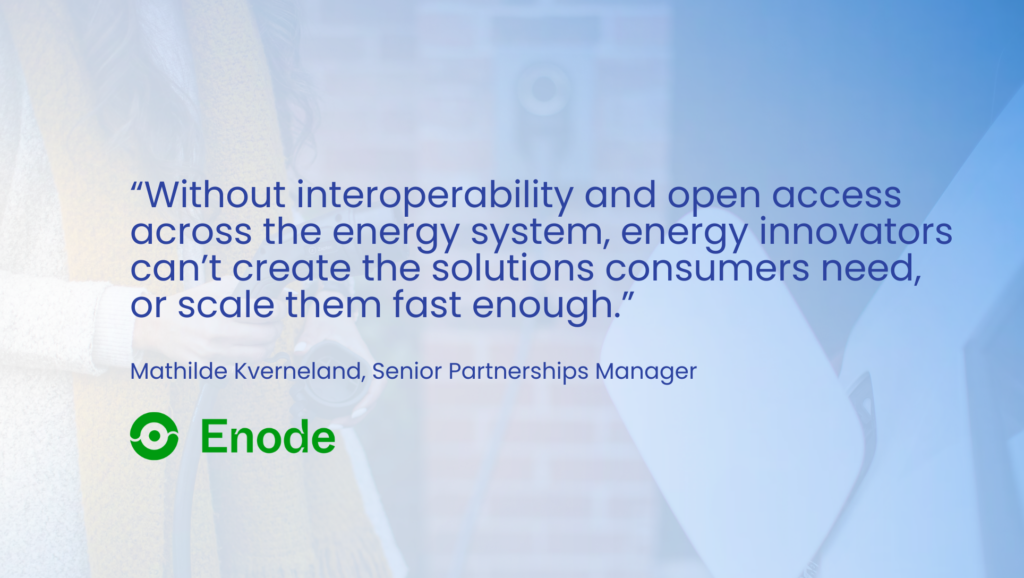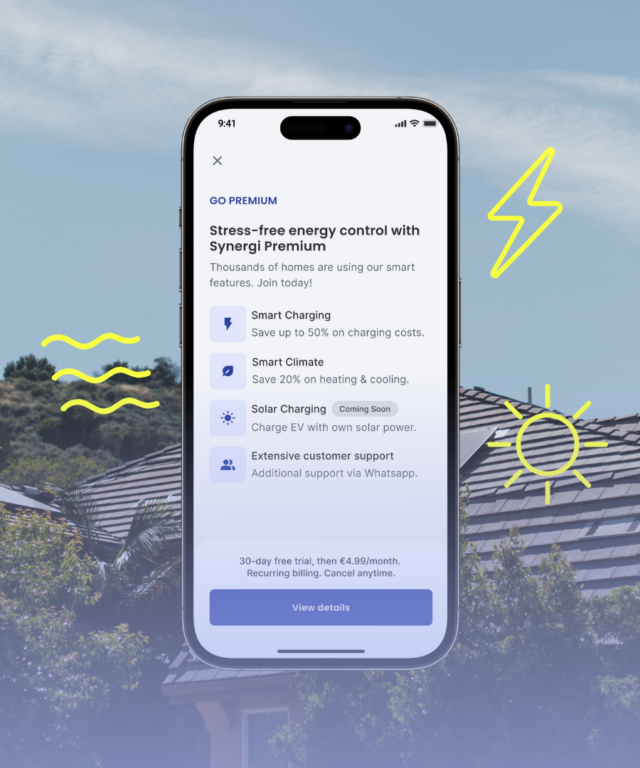Technology, electrification, and renewables adoption are changing the energy system as we know it. Consumers have become more involved in all their energy matters and started to buy into the latest smart energy hardware and software to optimize electricity consumption. This, combined with more renewables being added to national energy mixes and consumers adopting new smart technology that increases electricity demand, is making the electricity system more scattered and connected. This enhances the need for building integrated and smart energy systems that consider these factors to help keep the grid balanced.
Demand-side flexibility is one of those opportunities.
Demand side flexibility offers significant benefits, enabling consumers, utilities, and TSOs (transmission system operators) to maintain a balanced electricity production and consumption. It facilitates the seamless transfer of energy consumption to more favorable times, either through spot-price contracts or aggregators. This can lead to direct offerings to TSO’s reserve markets or energy wholesale markets, resulting in substantial energy cost savings.
Despite its potential, research has revealed that demand-side flexibility remains a concept largely unknown to households. Even with the advent of smart energy solutions, consumers are unaware of their potential contribution to flexibility markets. This underscores the untapped opportunity to make demand-side flexibility a common topic for consumers.
In this blog series, we will address from Synergi’s point of view the building blocks utilities need to start developing demand-side flexibility programs for their end users. The series is comprised of three different blogs shared on weekly intervals.
Table of contents
- Solving the interoperability challenge to build flexibility
- Building a top-tier user experience to attract end-users
- Creating a win-win situation for flexibility players (Coming on 20.5.2024)
Solving the interoperability challenge to build flexibility
Pooling household devices into flexibility markets is complex. Most of the time is spent ensuring sufficient load availability for a flexibility event, which is non-trivial when dealing with mobile devices like EVs. Demand-side flexibility has vast potential for the grid, and as a company, we see that the main elements are already in place. Now, it’s about making it a reality.
While large utility companies or device manufacturers like Tesla could easily control a vast pool of resources, other players need to consolidate a tremendous amount of users within their platforms initially. For instance, the Finnish market requires the pool provider to control at least 1MW of resources. To tackle this, these pools must be formed Balancing Responsible Party (BRP) agnostic – allowing consumers from different electricity companies to be part of the same pool. Two prerequisites are needed to make this happen:
1. Consumers can link any loads to any pool
Ideally, this should be the norm, but it isn’t. The technical and contractual barriers on both the device manufacturers’ and pool managers’ sides are significant.
Suppose an imaginary company manages a pool of resources in the Finnish market. How would a single consumer be able to provide their resources to the pool manager? Most reserve market products require bidders to have fast and reliable control over the loads they manage. To comply with the market rules, the pool manager needs to have direct control of the provided devices.

It’s ambitious that the OEMs would add direct support for reserve markets to their cloud software. Instead, hardware manufacturers could and should open up their APIs so that third parties can easily tap into consumers’ devices. Ultimately, consumers should have complete control over their devices, as enforced by, for example, the EU Data Act. This new regulation aims for OEM cloud infrastructure to allow third parties to control and monitor the devices, and hardware devices can operate with multiple cloud services, not only the one provided by the manufacturer. EU Data Act entered into force on the 11th of January 2024.
2. Markets can receive bids from BRP agnostic pools
This is a highly market-specific problem. Advanced markets offer instruments that can accept bids from any BRP area. To utilize the loads efficiently, the transmission system operator (TSO) needs to provide these types of products to the market.
The markets must also reassess some guidelines they’ve set with industrial loads in mind, such as latency requirements and reporting specifics. These standards might be easy to meet with paper mills and similar large loads, but controlling household loads requires a different approach and should be treated accordingly.
Building a top-tier user experience to attract end-users
When venturing into reserve markets with household flexibility, it’s crucial to prioritize a top-tier user experience. This is particularly challenging in the energy industry, where demand response is a familiar concept for utility companies and TSOs. However, the introduction of households as stakeholders presents a unique challenge. To attract these new participants, utilities and other players, such as independent aggregators, can craft a user experience that caters to their specific needs. A benefit of aggregators building demand response platforms or programs is that they are uniquely positioned to pool all households into one platform regardless of electricity provider to bring this service to the masses.
A 2017 study conducted in Finland found that 54% of households are already willing to reduce their consumption during peak hours. However, this willingness is contingent on the users having a say in adjusting their consumption. This underscores the importance of catering to the individual needs of different types households.

What is user experience?
There are multiple definitions for user experience. One widely used is from Nielsen Norman Group, which defines it as all aspects of the end user’s interaction with the company, its services, and its products. For the user experience to be exemplary, it must meet the customers’ needs without fuss or bother. In the energy space, you must begin by understanding household owners’ existing processes and pain points to build a product that serves them effectively.
In order to build a great user experience for households in demand response markets, this needs to be the focus of all functions of the company. Engineering, marketing & communications, graphical design must all work towards a common goal, resulting in a coherent service and simple product messaging.
Especially in the energy industry, you see complex consumer products using technical terminology that cater to the needs of early adopters. But, when discussing demand response and how to allow all households to participate, it’s crucial to use inclusive language that caters to the masses who have not partaken in such services, making them feel valued and considered.
We’ve been fortunate with Synergi as we’ve had an active community of users helping us craft a product that has been perceived as valuable. Here are a few fundamental user experience principles we’ve identified when building Synergi that will continue to be crucial when partaking in reserve markets alongside households:
- Simplicity
Energy solutions have never been known for their simplicity, and often, home energy management systems need to be simpler for average households to understand or know how they work. What does simplicity mean in practice? To name a few, avoid unnecessary steps in the service onboarding, which only add to the user’s cognitive load. For example, the Synergi app takes only a few clicks to create an account, link a vehicle, and set up smart charging preferences without the need of hardware installations. We ask only for the information we need to set up the service, nothing else! We want to keep the customation settings for users in minimum since the biggest benefit in our service is monetary savings trough smart automations. Focus in easy setup and let automations take care of the rest.
- Transparency
Transparency is crucial for the smart automation of household devices. Because users are partly letting away control of their devices, energy management apps should accurately describe what is happening and why. This can be achieved in many ways, from showing the impact of the service by visualizing the benefits with data and graphs to showing real-time updates of what’s happening in the service, whether it is scheduled charging, offering flexibility to the reserve markets, or something else. Transparency can also be achieved through clear communication with users via customer support, especially when something has gone wrong, for example, charging didn’t work. In these cases, it is even more crucial to be granular about what happened than in situations where things have gone well.
- Understandability
Most consumers find energy and climate change-related concepts difficult to understand. So, when building energy products or services, the goal is to make them as understandable as possible. With excellent communication, one can easily communicate with end-users: 1) what is happening, 2) how it affects you, and 3) what’s in it for you.
Consumer-friendly terminology is crucial. Most consumers don’t know about flexibility or reserve markets. Still, we believe that they will respond to familiar concepts such as “rewards for using electricity when it makes sense” or “get paid for turning off the dishwasher.” Using concepts that users already understand is another way of making sure you communicate understandably. For example, when Google Nest launched its “Rush hour rewards,” it helped consumers understand the concept by associating it with traffic. If there is a “rush” in the electricity system, you earn rewards by not using electricity so much.
Curious to learn more about Synergi’s offering for utilities?
At Synergi, we’re already working towards enabling household devices to enter flexibility markets. This task is challenging, especially ensuring enough power from devices like electric vehicles when needed. However, we are committed to making this happen and invite electricity companies of all sizes to join us.
Get in touch!
"*" indicates required fields




